TORONTO - Protected spaces such as national parks, conservation areas, and heritage sites have always been dear to me. As a conservation photographer, protected spaces are not merely about the sanctifying and safeguarding of precious natural land, but the opportunity they present to escape life in the city and connect to the elemental power of nature. In these wild places, I feel alive in my surroundings and aware of myself as a physical being. True wilderness is a constant reminder of where we come from, who we are and that which is really important.
In my photographic work that focuses on protected spaces and habitats that need protecting — along with the wildlife and people that coexist in these places — I aim to create visual narratives that express the relationship between people and planet.
What is Conservation Photography?
Conservation photography combines nature photography with the issue-oriented approach of documentary photography — and in doing so becomes a tool for change. Working in close collaboration with conservation partners, conservation photography helps to build alliances, raise funds and influence policy around protecting the natural environment.
The pursuits of many conservation photographers involve acting locally and travelling the world, creating images that address and bring attention to urgent social and environmental issues.
In my own conservation photography campaigns I use the photographic process to advocate for meaningful conservation outcomes. The process always begins with an image. I use my pictures to start the conversation about the intricate link between humans and nature.
The Natural Wonder of Protected Spaces in Canada
For example, the vista atop Mount Yatza demonstrates the importance of protected spaces. From the summit, entire ecosystems are visible: from the pristine Pacific Northwest mountaintops to the sea floor. Untouched, these places make us healthier and connect us with the wonder of the natural world. At 2,320m above sea level, Mount Yatza is one of the highest points in the San Christoval Range on Moresby Island in Gwaii Haanas National Park Reserve, National Marine Conservation Area Reserve and Haida Heritage Site in British Columbia. This view is endlessly obstructed by fog, but the day-long hike is worthwhile for the chance to bring back an image people will truly connect with.
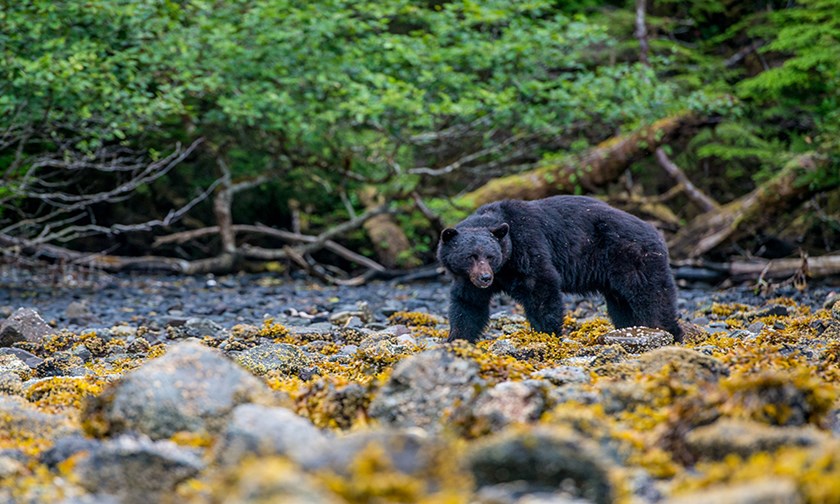
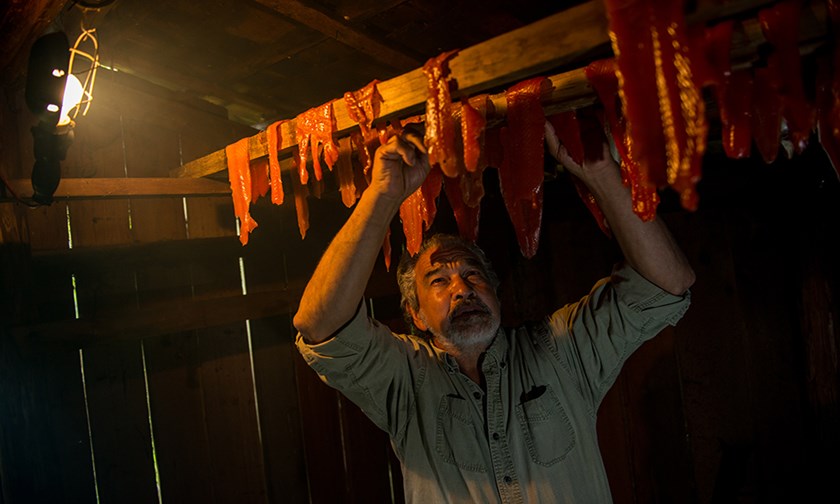
Left: The Haida Gwaii Black Bear is a morphologically distinct subspecies of the American Black Bear. Right: The man known as Guujaaw, the former president of the Council of the Haida Nation, lays chinook salmon over the rafters of his smokehouse in Skidegate.
The protected spaces on Sable Island — a wild and windswept National Park Reserve off the coast of Nova Scotia in the North Atlantic — are also worth the travel. Isolated and remote, Sable Island is one of Canada’s furthest offshore islands. Its shifting crescent shape is home to wild horses that roam freely and here the world’s biggest breeding colony of grey seals come ashore. When viewed through the lens of a conservation photographer, the importance of keeping land such as Sable Island protected is immediately recognizable.
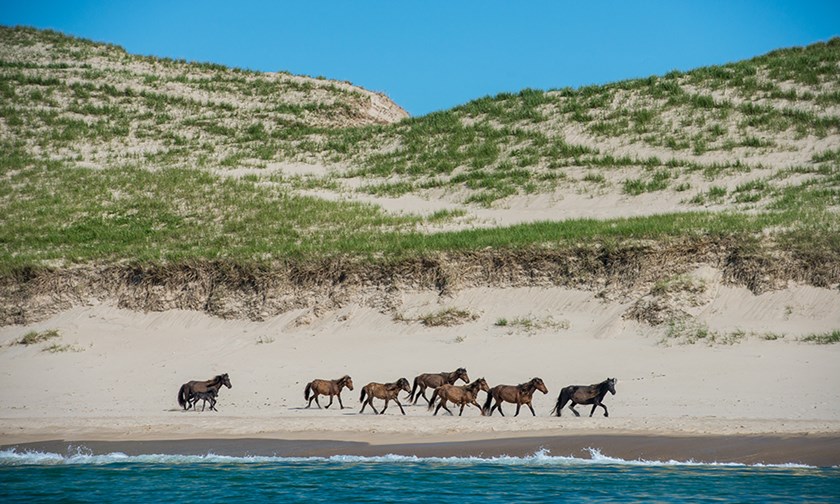
Above: Wild horses of Sable Island.
With a country so rich in diverse natural wonders, Canadians do not necessarily have to travel to the coasts to get an appreciation for nature. For example, Point Pelee National Park, which rests in the southwestern tip of Ontario, is a lush Carolinian forest oasis. The park resounds with migrating song birds in the spring, hums with cicadas in the summer, flutters with Monarch butterflies in the fall and is a peaceful place of reflection in the winter. For many visitors, Point Pelee is a site for recreation just as much as it is for wilderness contemplation. Here, it’s the little critters that amuse and amaze, but they can only do so because they have a safe place to call home.
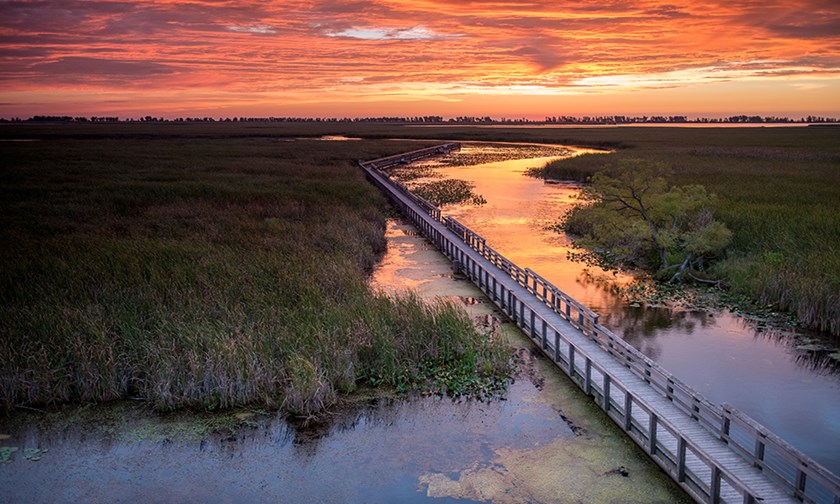
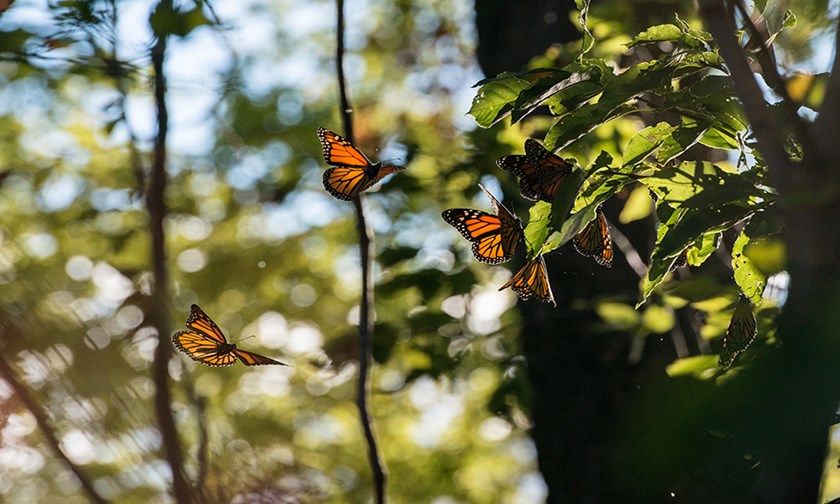
Left: Point Pelee National Park. Right: The butterflies of Point Pelee National Park.
It’s my hope that my photographs can remind us that we’re not separate from nature, but very much a part of it, linked in an inseparable way. And that is truly worth protecting.
Information
Neil Ever Osborne is a Toronto-based conservation photographer, visual storyteller and film-maker. He is a Nikon Canada Ambassador, Photographer-in-Residence with Canadian Geographic, an Associate Fellow with the International League of Conservation Photographers and a Fellow with The Royal Canadian Geographical Society. / Learn more about the Nikon Canada Ambassadors at
en.nikon.ca/learn-and-explore/nikon-ambassadors/index.page / Find Nikon Canada at:
nikon.ca / Neil Ever Osborne:
neileverosborne.com / And follow Neil on Instagram, Twitter and Facebook @neileverosborne
About the Author
Neil Ever Osborne is a Toronto based visual storyteller who uses his photography and filmmaking to express the relationship between people and planet. Neil is recognized as a Nikon Ambassador, an Associate Fellow of the International League of Conservation Photographers, a Fellow with the Royal Canadian Geographic Society, and as an inaugural member of Canadian Geographic’s Photographer-In-Residence program.